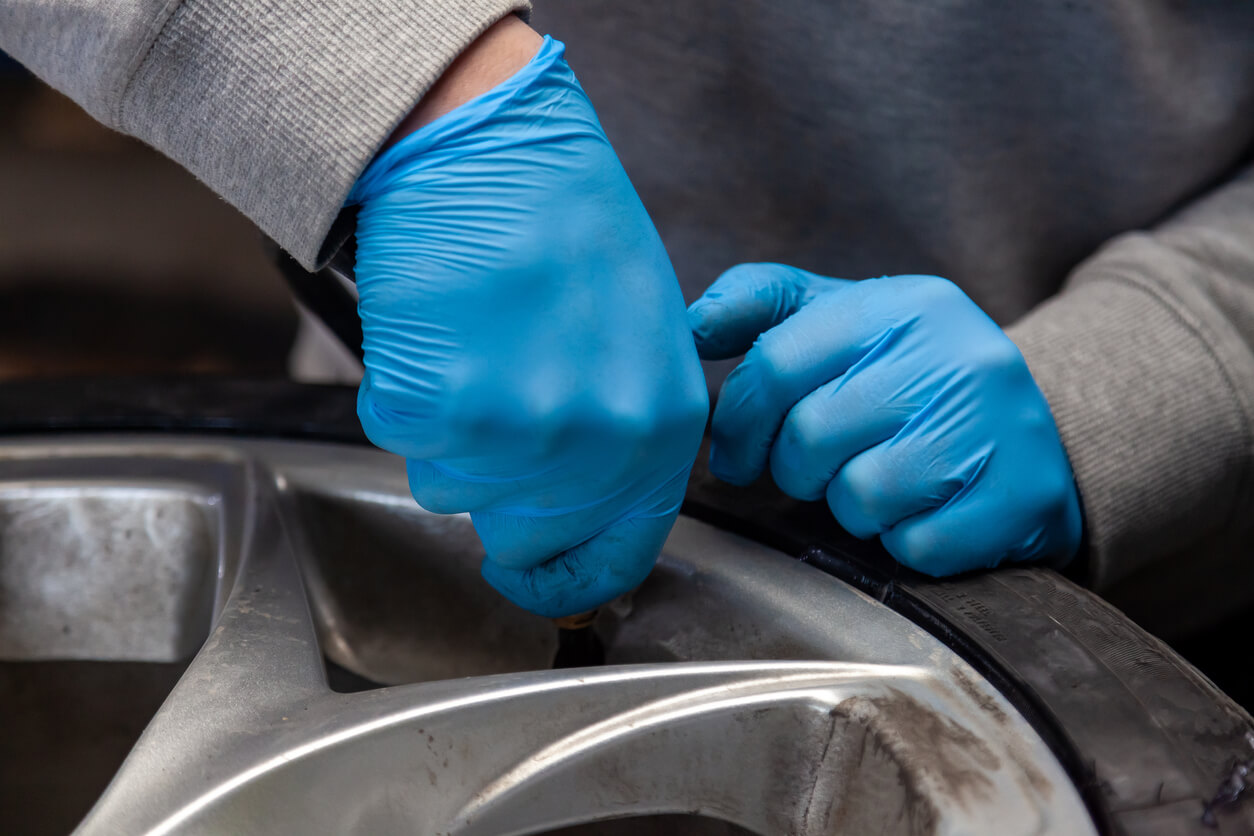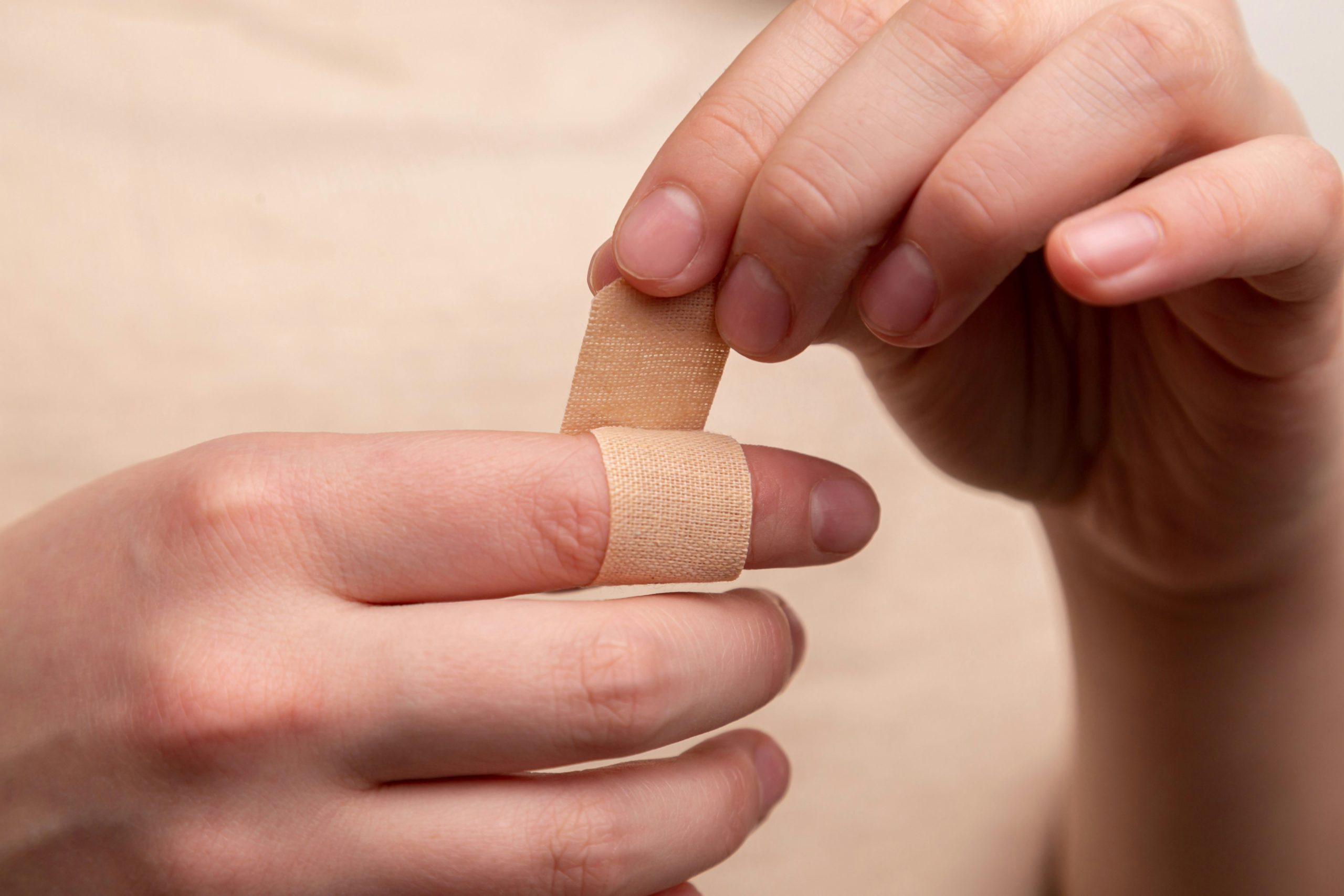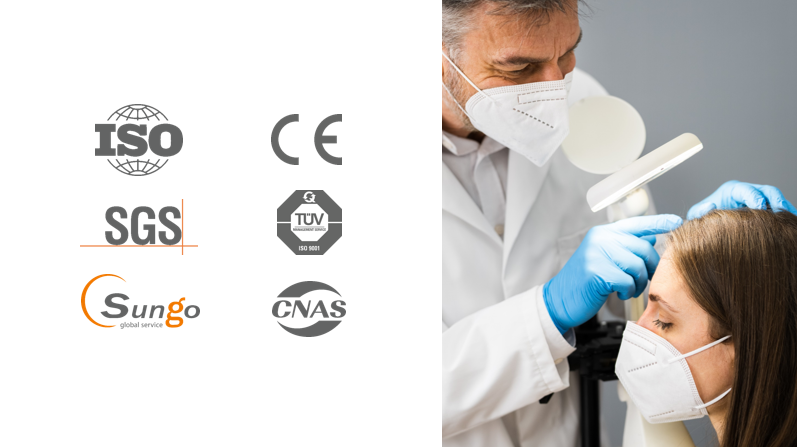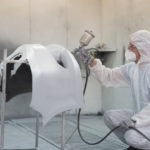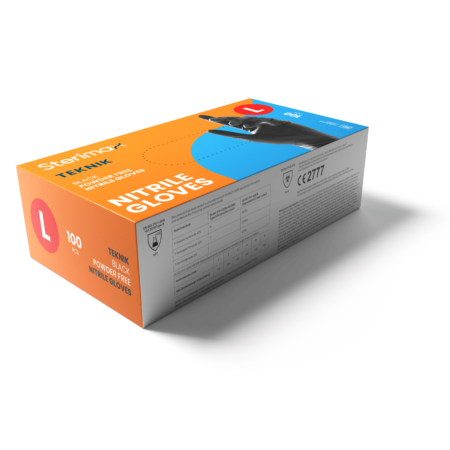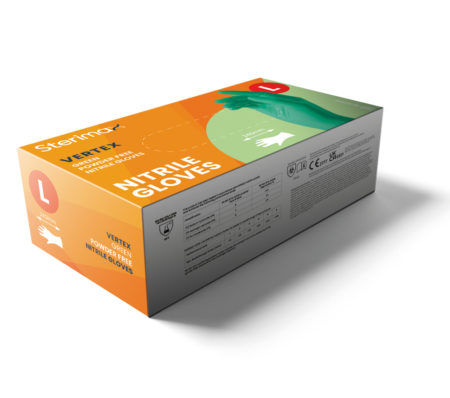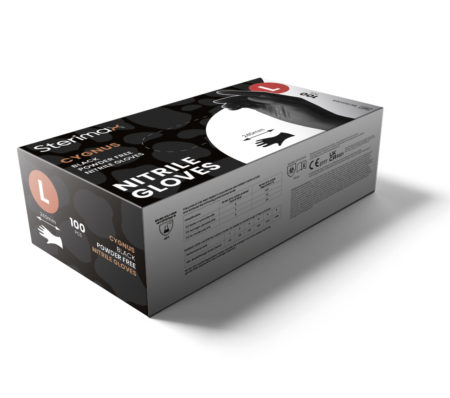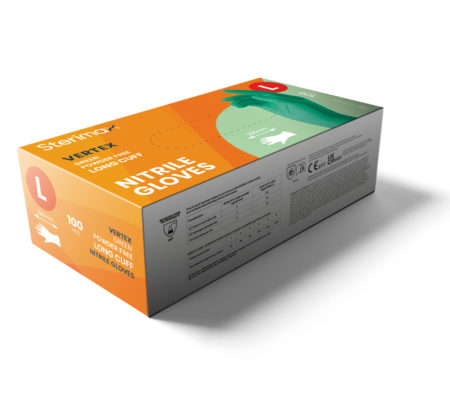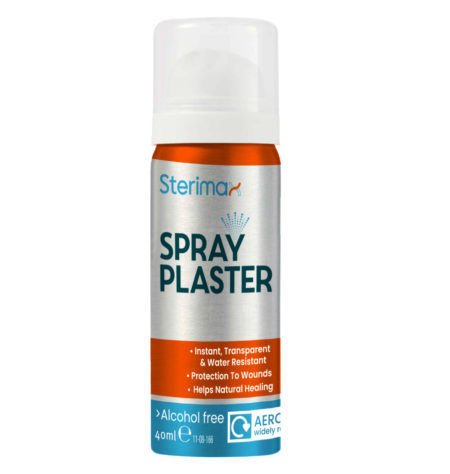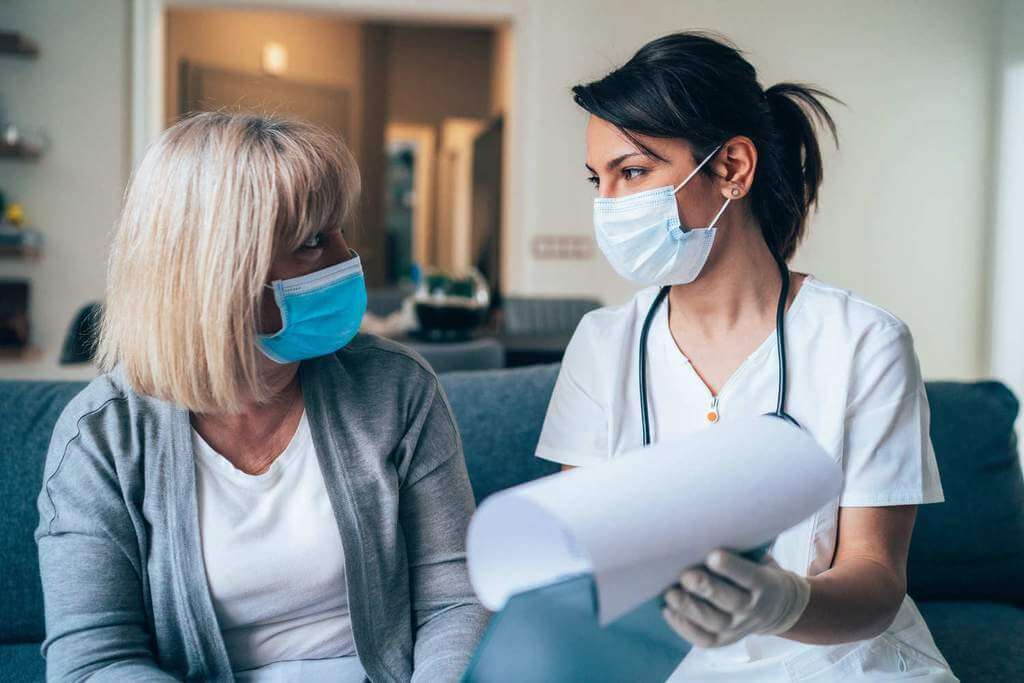At the beginning of 2020, none of us could have guessed how much our worlds were about to change. The only industries concerned with infection control were the ones directly involved either in clinical operations, or in the manufacture of materials and equipment for the same. Now, it’s everyone’s business.
Wearing masks is possibly one of the most widespread changes to our lifestyles. Previously, only a tiny percentage of the world’s population routinely wore a mask outside of the workplace – and the majority of these did so due to poor air quality. As of May 2020, 88% of the world’s population was mandated by law to wear a mask or face covering, and this number has risen further since then.
Despite the widespread use of masks, there’s still some confusion about which masks offer the best protection against the spread of viruses, and who should use these masks given that global supplies of PPE are still under pressure. With this in mind, we’ve put together a quick guide to the different types of mask, and the most suitable applications for each.
Types of mask
Cloth face coverings
In the UK, the ordinary population is mandated to wear a face covering in all public, indoor spaces – and this can be a simple, home-made cotton face covering. Two- or three-ply masks made from heavyweight cotton fabric are shown to offer up to 80% filtration, which compares to the level of protection one can expect from a basic surgical mask. However, since most cotton masks are handmade, their performance can vary widely depending on the design, the fabric used, and how the mask is washed and stored between uses.
Surgical masks
Surgical masks are the basic, rectangular masks we are used to seeing in hospitals and dental surgeries. They are loose-fitting, single use masks made from non-woven fabric and are tested in the direction of exhalation. This means they do not protect the wearer from inhaling viral particles from their surroundings – they are designed to stop the wearer from infecting others by coughing and sneezing, or through close physical contact.
Type I and II surgical masks have a 3-ply construction and are suitable for civilian use, or clinical use where there is no risk of exposure to blood or body fluids.
Type IIR masks have a 4-ply construction including a fluid-resistant membrane that protects the wearer from splashes of blood and body fluids, and are suitable for clinical applications where there is a low risk of exposure to fluids.
Respirator masks
Disposable respirator masks are close-fitting masks made from semi rigid, non-woven material. They require a fit test to ensure a snug seal around the face and are designed for two-way filtration – so they do protect the wearer from germs and particles in their environment, as well as preventing them from spreading germs to others. They are suitable for high-risk environments including clinical settings and also industrial applications where toxic chemicals are in use. In the EU, respirator masks are graded using the FFP (Filtering Face Piece) rating according to the level of filtration they supply. In the USA, these same masks are graded on the ‘N’ scale.
FFP2 masks are the minimum standard approved by the WHO for use in Europe as an effective barrier against Covid-19. In the US, the equivalent is the N95 mask. Both have a minimum of 94% filtration and a maximum of 8% leakage to the inside. They have a shorter lifespan of between 3 and 8 hours depending on environmental conditions.
FFP3 masks are the equivalent of the American N99 and provide minimum 99% filtration with a minimum of 2% leakage to the inside. These masks are made from a thick material that requires a valve to make breathing possible, and minimise the build-up of moisture inside the mask, which lengthens its lifespan.
It’s also possible to buy non-disposable respirator masks with replaceable filters. These have a P1-P3 rating, with P3 being equivalent to the highest level of protection. Respirator masks can be used in conjunction with an external air supply for total protection against airborne pathogens.
How to wear a mask properly
A mask will only prevent the spread of infection if it is worn properly. With respirator masks, there’s little margin for error as long as the mask is changed according to the guidelines for its rating. With surgical masks, it’s easier to get it wrong, so here are some pointers:
- Make sure the mask fits as snugly as possible without interfering with breathing. Adjust the ear loops by knotting them if required – this may be needed for small adults. If your mask has a flexible nose band, squeeze this in snugly around the bridge of the nose for a close fit.
- Your mask must cover your nose and mouth at all times. Some people wear their mask over their mouth only – this renders the mask ineffective.
- Avoid touching your mask whilst wearing it. This can contaminate the mask and prevent it from filtering the air effectively.
- When removing your mask, do so using the ear loops and place it straight into the bin (if disposable) or washing machine (for reusables). Cloth masks should be washed at 60 degrees or higher to ensure effective sanitisation.
At Sterimax we offer a range of mask options in addition to a wealth of expertise, helping our clients to make the right choice for their organisation, employees and customers. For further information email sales@sterimaxhealth.com
